The preschool years represent a critical time for mathematical development, when children are naturally curious about the world around them and eager to learn new concepts. Counting worksheets for preschool harness this natural curiosity, introducing foundational number skills through colorful, interactive activities designed specifically for young learners.
Far more than just busy work, these specialized worksheets help children understand the relationship between numbers and quantities, develop number recognition abilities, and build the confidence needed for future math success. By incorporating counting into playful scenarios—like counting butterflies in a garden or apples on a tree—these worksheets make learning feel like an adventure rather than a chore. Best of all, they can be easily implemented at home or in classroom settings, providing valuable learning opportunities with minimal preparation.
Click on picture to get your PDf
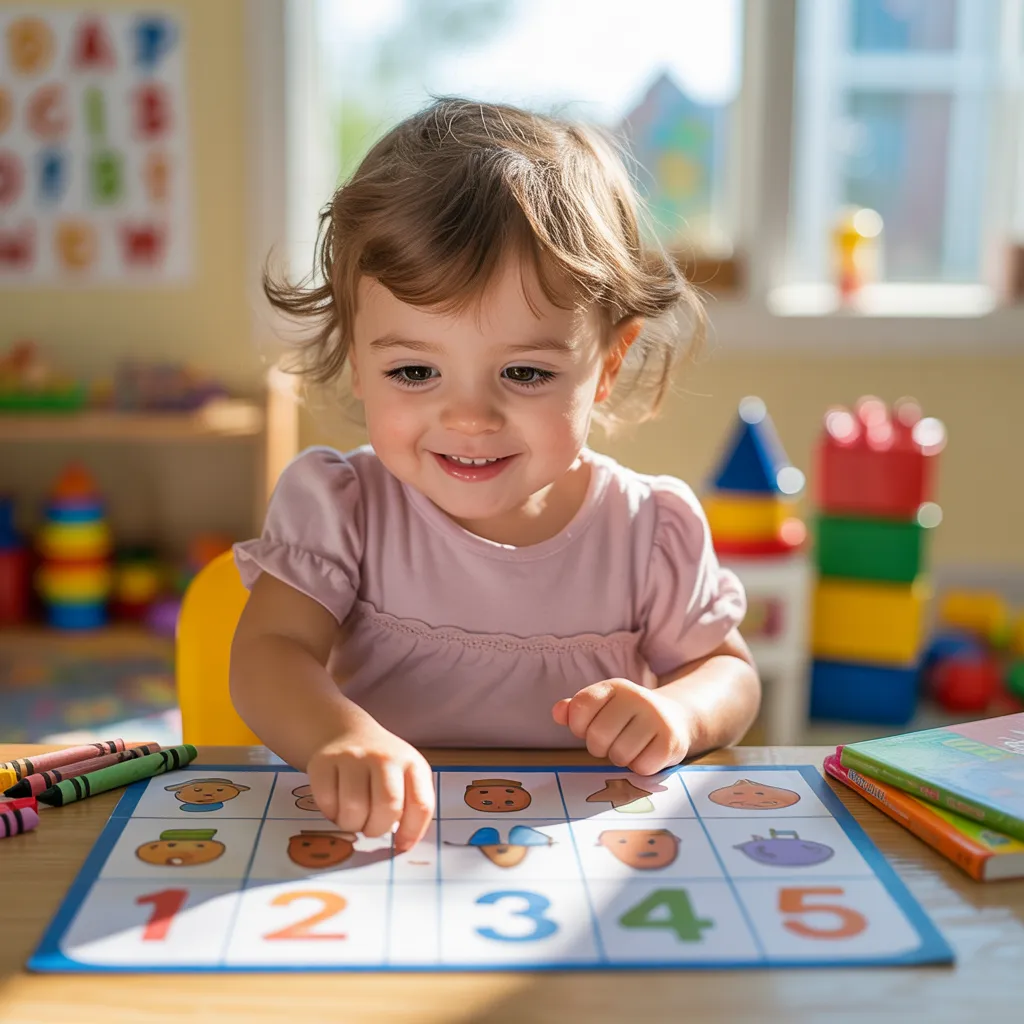
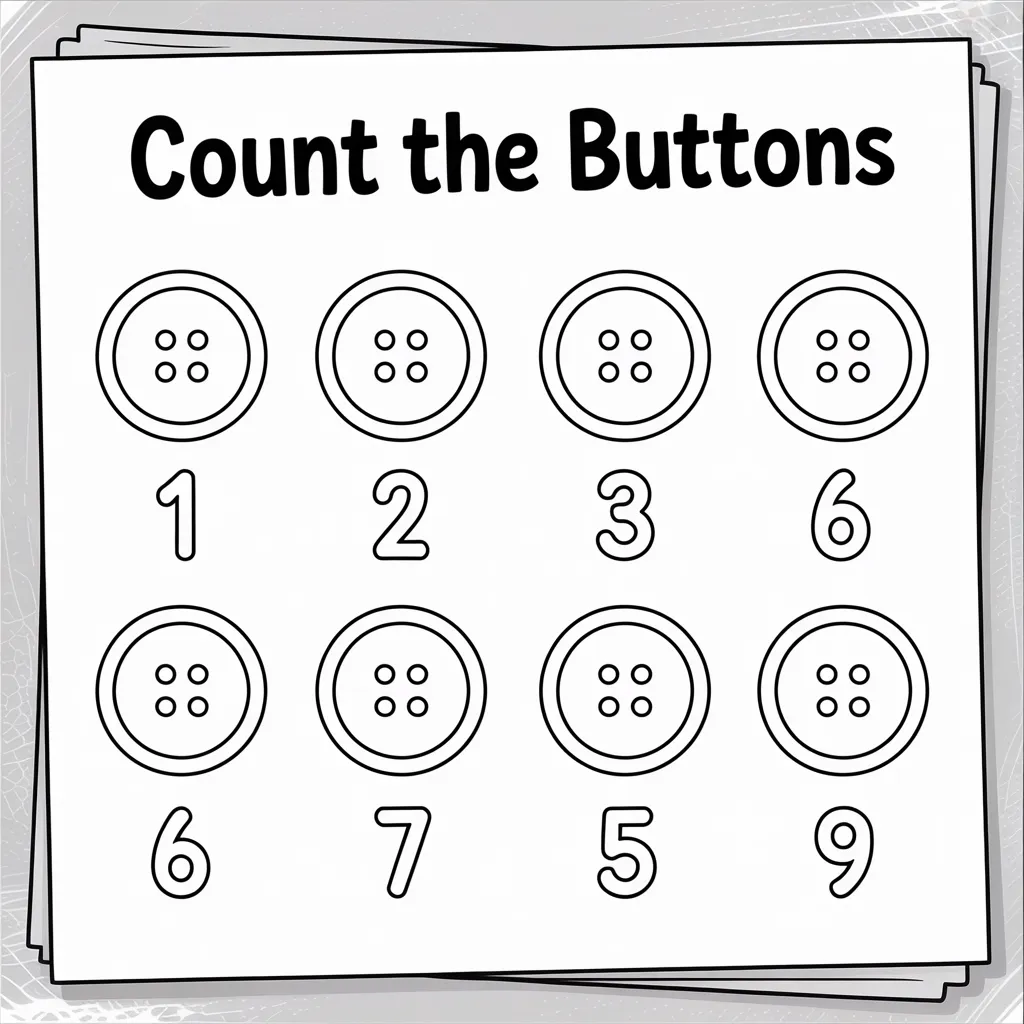
Why Counting Worksheets Matter for Preschool Development
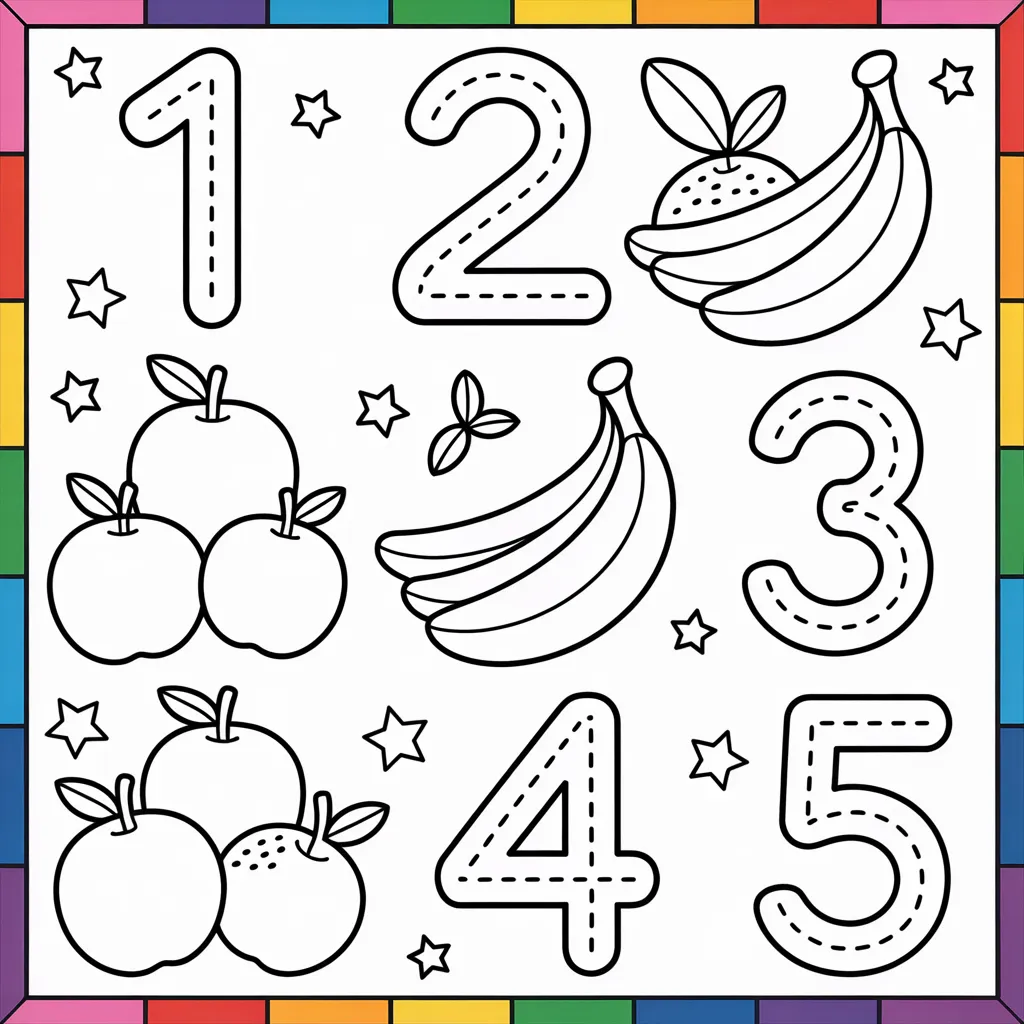
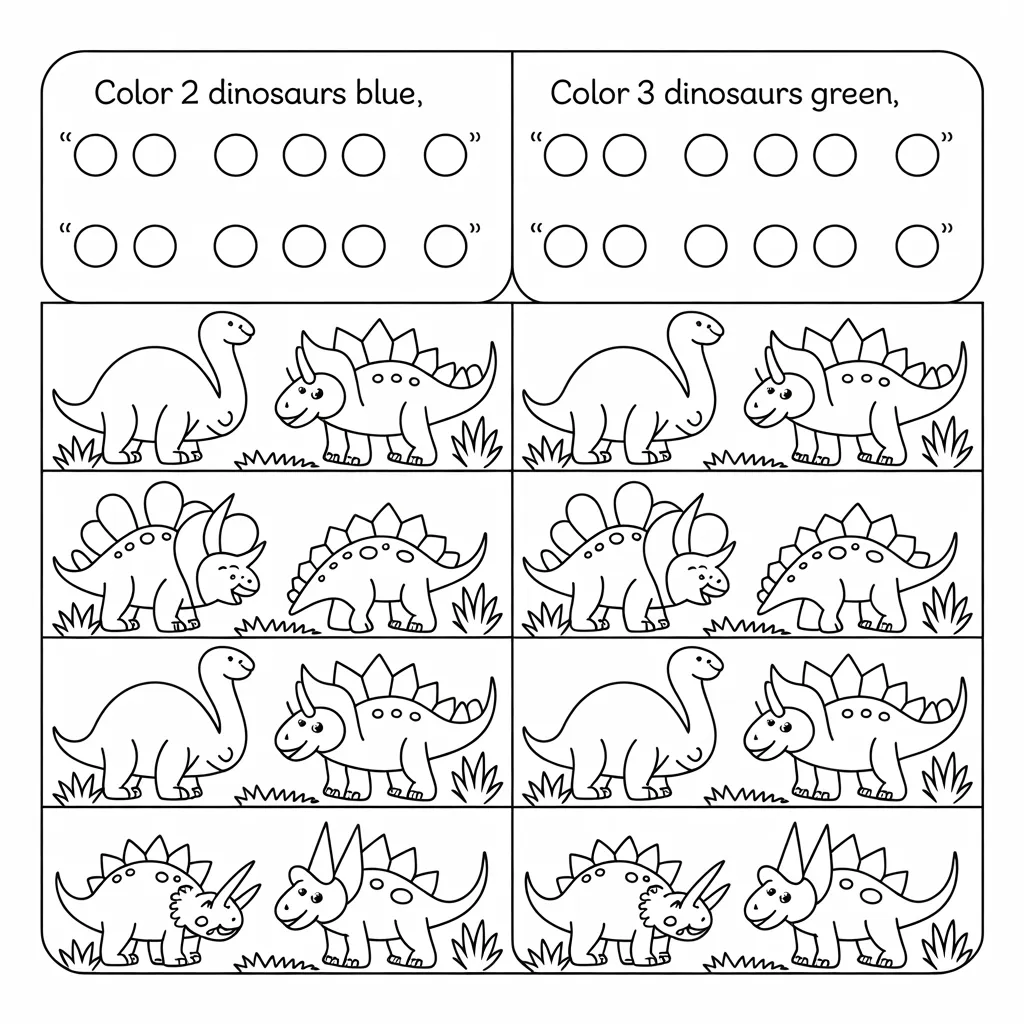
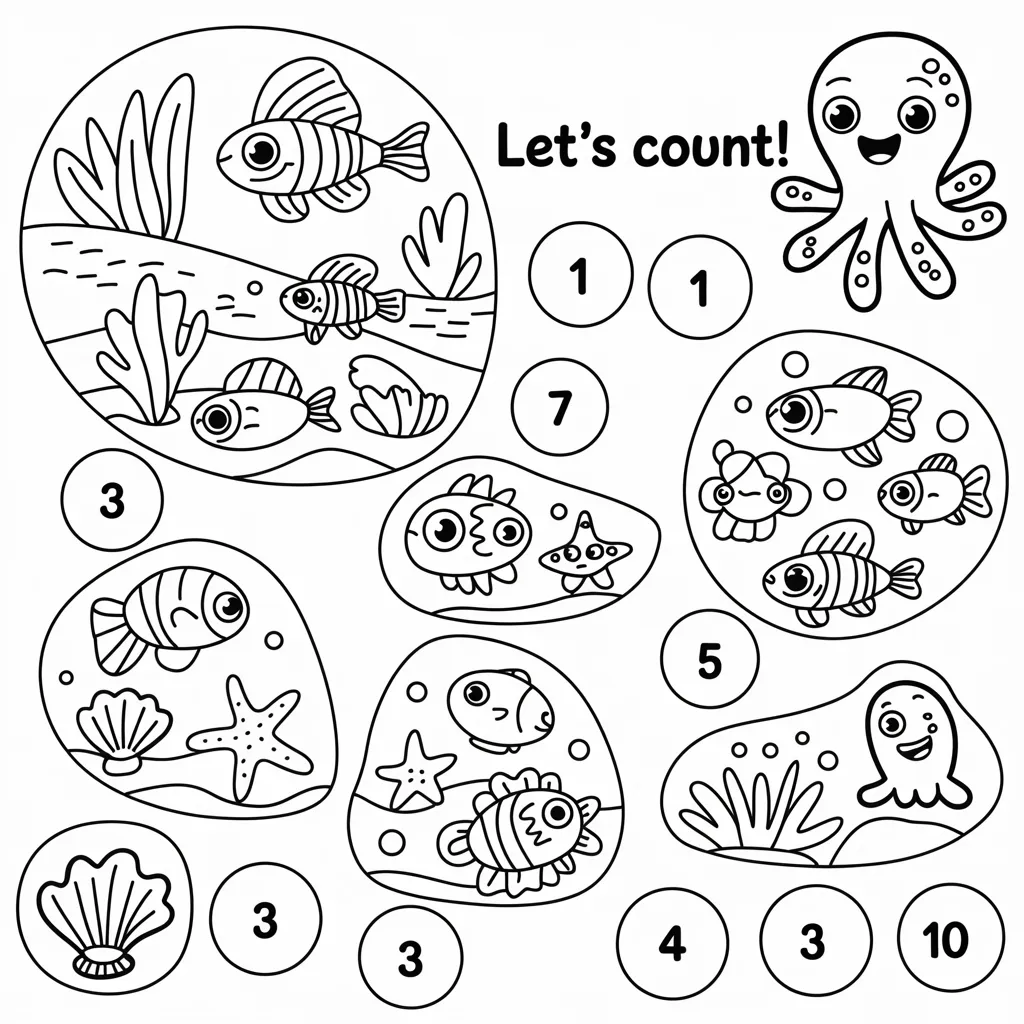
Building Essential Mathematical Foundations
Counting worksheets for preschool play a crucial role in establishing core mathematical concepts that children will build upon throughout their educational journey. When a child engages with well-designed counting activities, they’re developing an understanding of number sequence, quantity, and one-to-one correspondence—the ability to match one object with one number word as they count.
These fundamental skills form the bedrock upon which more advanced mathematical concepts will later be constructed. A child who confidently understands that the last number counted represents the total quantity in a group is developing cardinality—a key mathematical principle. Similarly, through regular practice with counting worksheets, preschoolers learn that numbers follow a consistent, logical pattern, which prepares them for later understanding of operations like addition and subtraction.
Developing Fine Motor Skills and Cognitive Abilities
Counting worksheets for preschool offer benefits that extend far beyond just number recognition. As young children trace numbers, circle groups of objects, or draw lines to connect related items, they’re simultaneously strengthening the fine motor skills needed for writing. The precision required to stay within lines or draw paths between numbers helps develop the hand-eye coordination essential for future academic success.
Cognitively, these worksheets encourage focus and concentration as children work to complete specific tasks. They learn to follow directions, understand patterns, and develop problem-solving strategies—all while engaging with numbers in a meaningful way. This multifaceted approach means that a simple counting activity can support development across multiple domains, making counting worksheets particularly valuable tools for preschool learning.
Types of Effective Counting Worksheets for Preschoolers
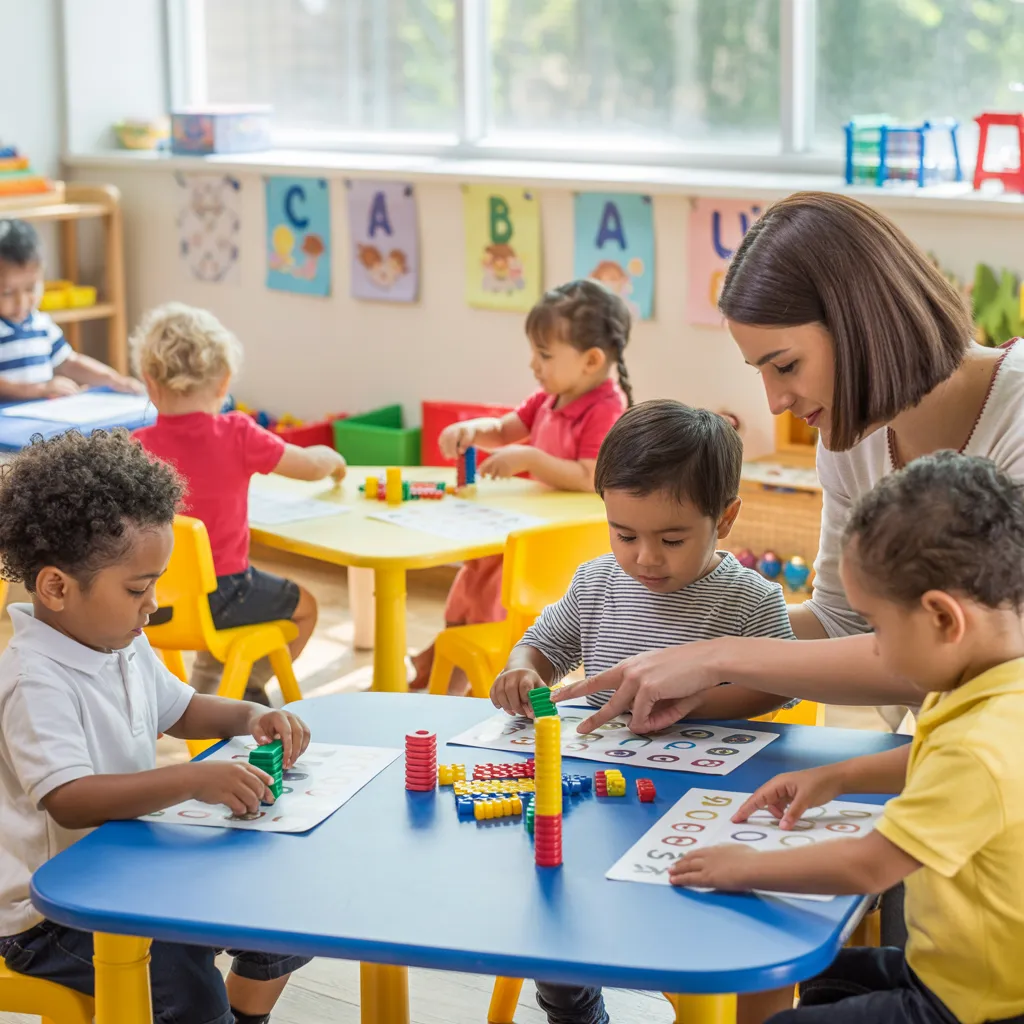
Count and Match Activities for Beginner Counters
Count and match worksheets provide an excellent entry point for preschoolers just beginning their counting journey. These straightforward activities typically present a small group of objects alongside number options, asking children to count the objects and then match them to the correct numeral. This direct approach helps reinforce the connection between quantities and their symbolic representations.
For very young learners, effective counting worksheets for preschool will start with numbers 1-5, featuring large, clearly defined objects arranged in a straight line to make counting easier. As children gain confidence, the worksheets can gradually introduce numbers 6-10 with objects arranged in different configurations, encouraging flexible counting strategies. Some creative variations include matching numbers to finger displays, connecting dot patterns to numerals, or drawing lines between equal quantities represented in different ways.
Count and Color Worksheets for Engaging Practice
Count and color worksheets transform basic counting practice into an artistic experience that preschoolers find irresistible. These popular counting worksheets for preschool typically present scenes with countable elements and instructions to color specific quantities or to color according to a numerical key. This combination of counting with the sensory pleasure of coloring helps maintain children’s engagement for longer periods.
The versatility of these worksheets makes them particularly valuable. Simple versions might ask children to « Color 3 apples red, » while more advanced options could incorporate early addition concepts with instructions like « Color 2 butterflies blue and 3 butterflies yellow. » The coloring element also provides built-in differentiation, as children with varying fine motor abilities can still successfully complete the counting portion of the activity while working on their coloring skills at their own pace.
Number Sequence and Missing Number Worksheets
As preschoolers become more comfortable with counting, number sequence worksheets help them solidify their understanding of the consistent pattern in our number system. These counting worksheets for preschool typically present a number line or sequence with certain numbers missing, inviting children to fill in the blanks. This type of activity strengthens children’s ability to count forward and backward, which builds fluency and confidence.
Missing number worksheets can be designed with varying levels of complexity. Beginning activities might show a sequence from 1-5 with just one number missing, while more advanced versions could include larger ranges or multiple missing numbers. Some effective variations include number paths where children physically trace the sequence with their finger before writing the missing numbers, or themed worksheets where completing the sequence reveals a pattern or picture, adding an element of discovery to the learning process.
How to Effectively Use Counting Worksheets with Preschoolers

Creating a Positive Learning Environment
The environment in which counting worksheets are presented significantly impacts how preschoolers respond to them. To maximize engagement and learning, create a dedicated, distraction-free space with good lighting and a comfortable place to sit. Keep sessions brief—typically 5-10 minutes for younger preschoolers and up to 15 minutes for older ones—to match their developmental attention spans.
Approach counting worksheets for preschool with enthusiasm and position them as special activities rather than assignments. Using positive language like « Let’s explore these fun number puzzles! » rather than « You need to finish this worksheet » can dramatically change a child’s perception of the activity. Remember to provide the right tools for success, including chunky pencils or crayons that are easier for small hands to manipulate, and consider laminating favorite worksheets so they can be used repeatedly with dry-erase markers.
Incorporating Movement and Multisensory Elements
While traditional paper worksheets have their place, incorporating movement and multiple senses can significantly enhance the effectiveness of counting activities. After completing a counting worksheet, reinforce the concepts through physical activities like jumping the number of times shown on the page, clapping while counting aloud, or arranging physical objects to match the quantities practiced on the worksheet.
Transform counting worksheets for preschool into multisensory experiences by encouraging children to trace numbers with their fingers before writing, adding textured materials like sandpaper under the paper for sensory feedback, or using scented markers to create an olfactory dimension. These adaptations are particularly beneficial for kinesthetic learners and can help cement number concepts in memory by creating multiple neural pathways. Even simple additions like counting aloud while working engages the auditory learning channel, making the experience more robust and effective.
Parent-Teacher Collaboration for Counting Success
Supporting Counting Skills at Home
Parents play a crucial role in reinforcing the counting concepts introduced in preschool worksheets. Everyday routines offer countless opportunities to practice counting naturally: counting steps while walking upstairs, pieces of fruit during snack time, or buttons while getting dressed. These real-world applications help children understand that counting is a useful, relevant skill rather than just a worksheet activity.
When working with counting worksheets for preschool at home, parents should maintain a light, playful approach. If a child becomes frustrated, it’s perfectly fine to take a break or offer gentle assistance. Remember that the goal isn’t worksheet completion but rather building comfort and confidence with numbers. Parents can extend worksheet concepts by asking questions like « Can you find 3 of your toys? » or « How many forks do we need for dinner? » These connections between paper activities and daily life strengthen understanding and demonstrate the practical value of counting skills.
Communication Between Home and School
Effective coordination between parents and teachers creates consistency that benefits preschoolers’ mathematical development. Teachers can share the specific counting concepts being focused on in class, allowing parents to reinforce these same ideas at home. Similarly, parents can inform teachers about which counting activities their child particularly enjoys or finds challenging, enabling more personalized instruction.
When selecting counting worksheets for preschool use, teachers can provide parents with complementary activities and explain the specific skills each worksheet targets. This information helps parents understand not just what their child is learning, but why it matters developmentally. Many educational websites now offer matching digital and printable resources, making it easier for families to extend classroom learning regardless of the materials they have at home. This collaborative approach ensures that children receive consistent messaging about the importance and enjoyment of counting.
DIY Counting Worksheets for Customized Learning
Creating Personalized Counting Activities
While many excellent counting worksheets for preschool are available for download or purchase, creating customized worksheets tailored to a child’s specific interests can significantly boost engagement. Simple worksheets can be created using word processing programs, drawing software, or even hand-drawn on plain paper. The key is to incorporate elements that capture the child’s attention—whether that’s dinosaurs, vehicles, favorite characters, or family pets.
Personalization can extend beyond just thematic elements. Consider adapting the difficulty level to provide just the right amount of challenge, incorporating family photos as countable items, or creating worksheets that address specific skills a child is working to master. Even involving the child in the creation process can be valuable—they might help decide what objects to count or suggest a fun theme, fostering ownership of their learning experience.
Adapting Worksheets for Different Learning Needs
Every preschooler has unique learning preferences and developmental needs that can be addressed through thoughtful worksheet adaptations. For children who need additional support, consider modifying counting worksheets for preschool by reducing the number of items to count, providing visual supports like numbered dots underneath objects, or adding color-coding to help organize counting tasks.
For preschoolers who are ready for more challenge, extend basic counting worksheets by adding simple addition concepts, introducing skip counting, or incorporating number writing practice alongside counting activities. Physical adaptations may be helpful for some learners, such as mounting worksheets on clipboards for children who need movement, enlarging worksheets for those with visual processing challenges, or adding raised elements for tactile feedback. These simple modifications ensure that all children can experience success with counting activities, building both skills and confidence.
Conclusion
Counting worksheets for preschool represent much more than just paper and pencil activities—they’re powerful tools for building mathematical foundations that will serve children throughout their educational journey. By engaging young learners with age-appropriate, playful counting experiences, we help them develop not only numerical skills but also cognitive abilities, fine motor coordination, and a positive attitude toward mathematics.
Whether using professionally designed resources, creating customized worksheets, or adapting existing materials to meet specific needs, the key is consistency, positivity, and connecting counting to real-world experiences. Remember that the goal isn’t perfection but progress—each counting activity builds upon previous learning and prepares children for future mathematical understanding.
As parents and educators, we have the privilege of introducing young children to the fascinating world of numbers. By thoughtfully implementing counting worksheets and extending their concepts into everyday life, we set preschoolers on a path toward mathematical confidence and competence that will benefit them far beyond their early childhood years.
35 Magical Printable Holiday Coloring Sheets to Spark Joy and Creativity
FAQ
At what age should children start using counting worksheets?
Most children are ready to begin exploring simple counting worksheets around age 3, although readiness varies significantly between individuals. Look for signs of interest in numbers, the ability to sit for short periods, and developing fine motor skills that allow for holding a crayon or pencil. Start with very basic counting activities involving just 1-3 items and brief engagement periods (5 minutes or less), gradually increasing complexity as the child shows mastery and continued interest.
How often should preschoolers work with counting worksheets?
Quality matters more than quantity when it comes to counting practice. Short, positive sessions of 5-15 minutes a few times per week are typically more effective than longer, daily worksheet activities that might lead to fatigue or resistance. Pay attention to your child’s interest level and energy—if they’re enthusiastic and asking for more, continue; if they’re becoming frustrated or disengaged, take a break and try again another day, perhaps with a different type of counting activity.
What if my preschooler isn’t interested in counting worksheets?
If traditional counting worksheets aren’t capturing your child’s interest, try alternative approaches to introduce counting concepts. Consider counting songs and fingerplays, counting during physical activities like jumping or hopping, counting objects during play (blocks, cars, stuffed animals), or using digital counting games if appropriate. You might also try more hands-on adaptations of worksheets, such as counting and sorting physical objects according to pictured quantities, or turning worksheet concepts into movement games. The goal is to build counting skills, not necessarily to complete worksheets.
How do I know if my preschooler is making appropriate progress with counting?
Preschool counting development typically follows a progression from reciting number words in sequence (often before understanding their meaning), to counting small sets of objects with one-to-one correspondence, to understanding that the last number named represents the total quantity. By around age 4, many children can accurately count sets of 5-10 objects, recognize some written numerals, and understand concepts like « more » and « less. » Remember that development varies widely; consistent progress is more important than meeting specific benchmarks by certain ages. If you have concerns about your child’s mathematical development, consulting with an early childhood educator can provide personalized guidance.
Can counting worksheets help with other areas of development besides math?
Absolutely! Well-designed counting worksheets for preschool support multiple developmental domains simultaneously. Fine motor skills develop as children manipulate pencils and crayons. Language skills grow as they learn number words and mathematical vocabulary. Cognitive skills strengthen through problem-solving and pattern recognition. Executive function improves as children follow multi-step directions and maintain focus. Even social-emotional development benefits when adults provide positive feedback and children experience the satisfaction of mastering new skills. This integrated approach to development is one of the greatest values of quality counting activities for young children.
